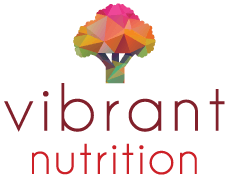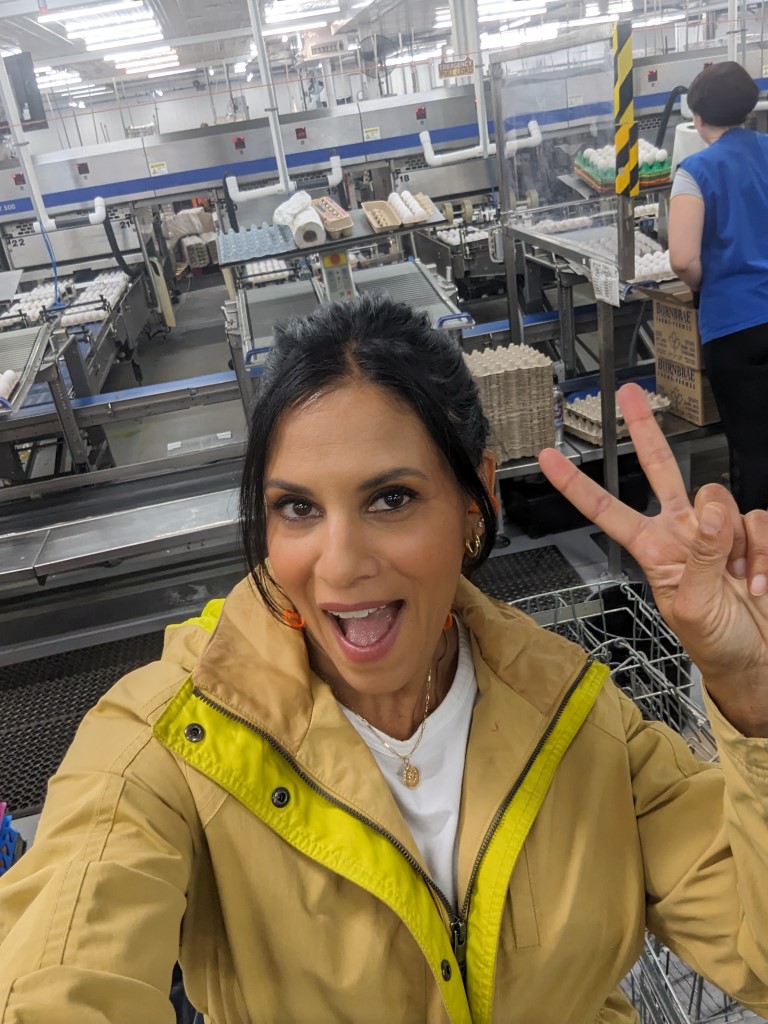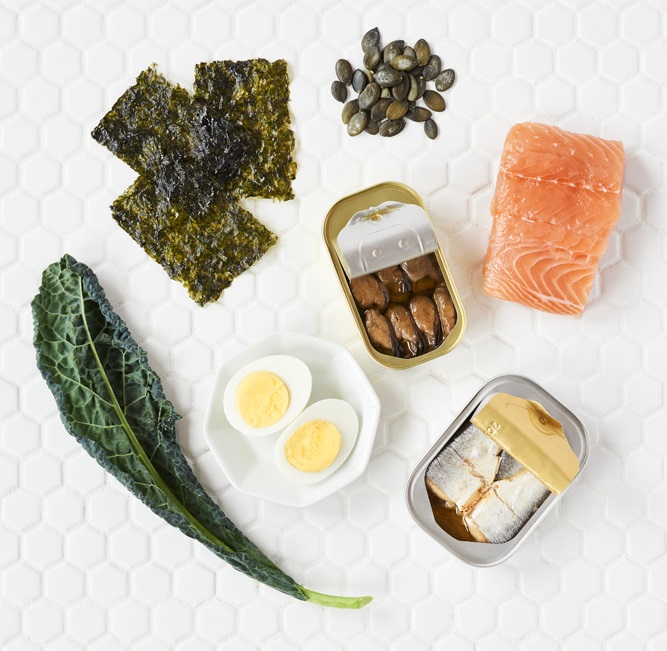October 31st, 2023
Climate Change and Eggs: The Latest on Hen Housing and what those Labels on your Eggs ACTUALLY Mean!
Are the first words you look at on your egg carton “Cage Free?”. Or maybe “Green Energy” or some other positive wording about the chicken’s welfare or the environment? There is more to read on the packaging of egg cartons than a kid’s book these days! Here we break-down the differing housing available in modern egg production, and the effects on chickens, eggs, and the environment.
More and more parents are trying to balance purchasing foods that are the best quality they can afford for their children, while balancing the environmental and ethical impact of their choices. Those videos of chickens crammed into tiny boxes in the dark are off-putting and could make you wary about which products you are buying. It’s important to understand the fine details of chicken housing, to truly understand what you are buying into. As an example, the traditional conventional housing of chickens is NOT the standard in egg production anymore. I didn’t realize this, until I had the super-cool opportunity to go behind-the-scenes and learn the ins-and-and outs of modern egg production with Burnbrae Farms. It will be completely phased out in the next 15 to 20 years, because when you know better you do better! This is based on the science of hen-housing and new evolving research in the area.
I was amazed at how much research, science and education go into chicken care at the farm. The have not one, but two, full-time PhD experts in chicken health and welfare at the farm. Their only job is managing the health of the animals, along with a team. Animal Welfare is a top priority for many reasons at Burnbrae farms; one, for the chickens and animals at the farms to have the best life, two for the environmental costs of egg production. They are committed to find the best ways to create high-quality whole food and support the food supply at a reasonable cost for families.
Parents want to feel good about not just what, but how they are feeding their kids, and what impact it has on all levels. There is so much green washing a deceptive marketing in the food industry, its very difficult to figure out, what’s real and what does it really mean?
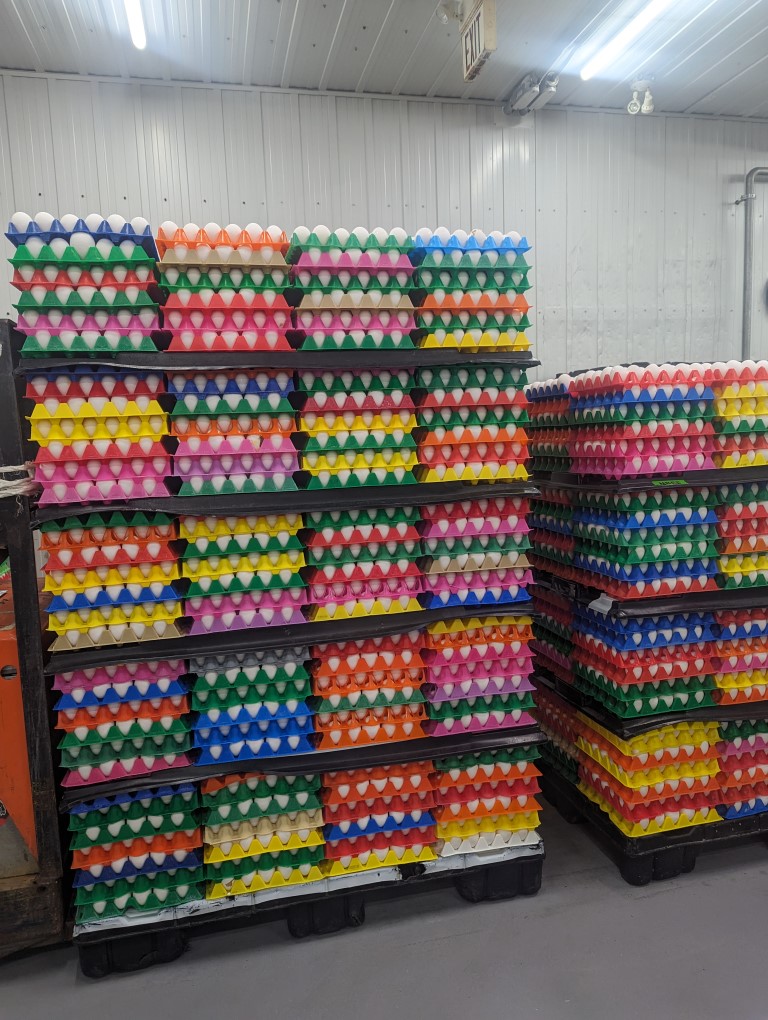
Facts about Chicken Housing (the barns they live in):
Conventional Hen Housing: This is the old-school original type of egg industry housing from decades ago. where hens are clustered in small social groups of 5 or 6 or so. The small groups were meant to reduce pecking ordering and pecking deaths. They have easy access to water and feed as they wish. The eggs are collected by hand or conveyor belt that runs through the barn. Hen-housing research in the past 5 years has proven this is NOT the healthiest housing for happy hens. The downsides are they don’t have options to perch or sit in an enclosure to lay their eggs, in the dark, which is their preference And so its being phased out ASAP. Burnbrae is at the helm of hen-housing science globally, and funds research to support the best science for hen health and safety.
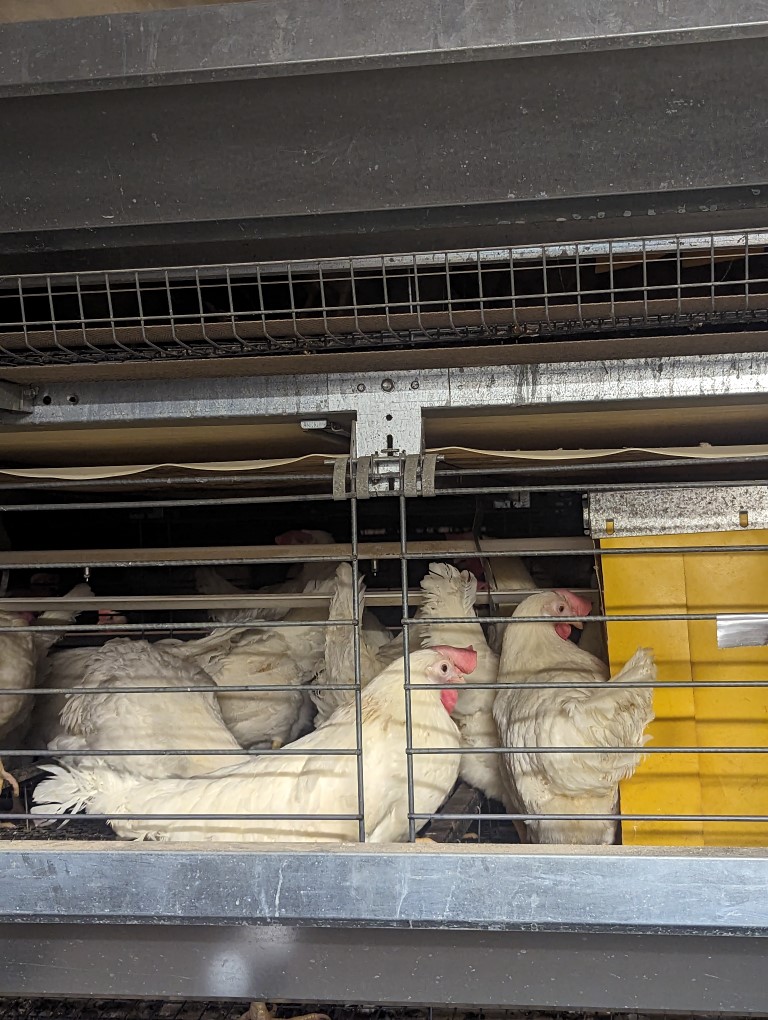
Enriched-Colony Barns
This type of housing builds on all that hen-housing science. It gives the birds a little perch they can move around freely on. IT was discovered chicken prefer to move from heir social groups a lay eggs in privacy, so enriched housing allows or a little dark, private nest to lay their eggs. Chickens LOVE to get dirty, and the scratch pads provided in enriched housing offer them a chance for their favorite activity “sandbathing!
Free-Run (Cage-Free) Housing Barns
This is where the system in the barn allows chickens to roam freely. They have access to food and water whenever they want. The perches are available for them to roam on, and they have private nests to lay eggs when ready. As well, there are scratch pads for them to use.
Free-range Housing Barns
This is just like Free-Run, however chickens in free-range barns have an opening to the outside where they can go in and out as they please. The rest of the free-run components are inside the barn. This is weather dependant, and they are not forced to be outside OR inside; they choose. It allows them to forage and express their natural behaviours. This is great in theory, sometimes there are issues with pecking habits that make this challenging. As well it exposes them to external parasites, and predators that can cause death and disease. Chickens are omnivores, subtropical fowl that come from the tropics. They prefer hot humid weather and crowding! What’s so interesting about this, is even when given the option to go outdoors, and be outside, many chickens choose not to do this. The open-air and exposure sometimes causes stress to the animals, and the end up in a “freeze” response, not laying eggs or laying them on the ground instead of the nests.
Nest-Laid
This term on an egg carton means inside the barns, the chickens have opportunity to lay their eggs in a nest-box. This offers the enclosed dark space they prefer naturally. All the above housing types offer this, except traditional colony housing, which is on its way out.
Carbon Footprint and Eggs:
Which type of hen housing has the lowest carbon footprint? A common assumption, I think I was guilty of too, is thinking “if the chickens just roam free on grass, this must have the lowest carbon footprint to make eggs”, but the opposite is true. Each type of egg comes with its own environmental impact.
Cage-free (as it called in Canada), or Free-Run is not in fact the most environmentally friendly way to create eggs. In both Enriched-Colony Barns and Cage-free barns, the chickens have unlimited access to food and water, they can roam and perch or lay eggs or scratch for a quick dust-bath. However, the cage-free option doesn’t house as many chickens (36, 000) compared to enriched which houses 60,000.
And the land use, costs for hydro, electricity, supplies and energy for both types of housing are identical. This makes cage-free the larger carbon footprint. Birds that are used in cage-free barns are a different variety of chicken, larger and they eat more. They require more land and farming resources to grow the feed they eat, as they consume more than regular chickens. This also increases the environmental toll of cage-free egg production.
50% more labour is required to manage and monitor the cage-free barn scenario as well. Interestingly, when left on their own, many chickens do NOT instinctually know where to lay their eggs! Staff need to monitor and nightly ensure hens have moved themselves to roost not on the ground, but in the barn, where there is a spot to safely lay their egg. Cage-free eggs have more dirt and contamination, whereas the Enriched-Colony housing allows for a nest and cleaner area to lay eggs for each hen. Increase hen and egg loss can happen without this extra support. have not been left out of the nest, destroyed in This is largely to make sure hens lay their eggs in the nests,
Pecking injuries occur at a higher rate in cage-free environments, and these injuries can be awful and even deadly. Smaller colonies in the enriched setting help reduce the instinct. to prevent the vicious pecking order issues that can happen in unmanaged colonies of hens. Hens in smaller groups and colonies are less triggered to exhibit the pecking order behaviours. It’s hard to remember that chickens are originally a wild, tropical rain-forest animal! Survival instincts don’t change that much over thousands of years.
Normally conveyor belts remove all the chicken poop right out of the barn; it’s a valuable resource for the farm that acts as fertilizer to grow crops as a full-circle loop. The Cage-free barns however, about 25% of the poop from the chickens gets mixed with wood shavings. This dries and becomes part of the litter the birds use for foraging, which is a health issue and a waste of good poop!
That poop in cage-free barns ends up all over the chickens, and can cause increased disease, impacting their feet and their gut health. Burnbrae was the first farm in the 1940’s that thought about this harm to chickens, and moved them indoors, to lift chickens in the colony off the floor to reduce disease and protect the chicken’s health. The indoor environment also eliminated predators (hawks, raccoons, coyotes looking for a quick dinner) as well as parasitic gut infections for the chickens. These improvements and changes to hen housing were specifically made to improve the life, safety, and welfare of the chickens on the farm.
Burnbrae uses green electricity with egg production. Bullfrog Power is a 100% Canadian renewable energy solution that allows the farms to reduce their environmental impact and keep things as clean and low impact on the environment as possible.
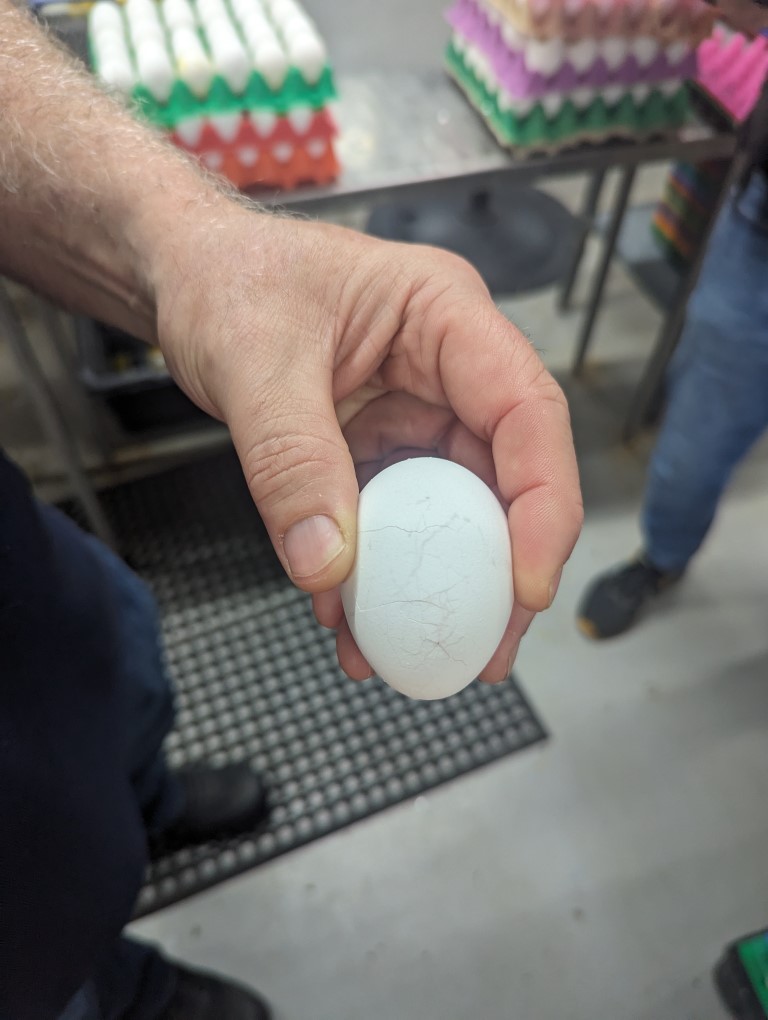
Light and the Chickens:
Inside the barns, instead of relying on only natural light, research that the university of Guelph, (my alma mater!), discovered optimal light can be created in the barn so the hens are in springtime light for longer, 14 hours daily as opposed to 8. This makes the entire barn system more productive, meaning each hen and egg produced has less energy demands and environmental impact. Remember, chickens are sub-tropical animals that LOVE light. Except when they lay their eggs, so the barns at Burnbrae created private nesting boxes for chickens in each type of housing.
Of course, you as a parent may want to purchase a specific type of egg that aligns with your values. You can check out my blog post on that here. One of the best things about Burnbrae, is the science and transparency of their farms, allowing you as much choice as possible, with evidence for each. You can feel.
The cost of food, especially foods that are minimally processed, is a huge issue for families. Its important to be as informed as possible, to make the best choices for your kids and your family within the food budget. There is almost no other food that provides. You work hard for the dollars you spend on food, and unfortunately those dollars are really stretched to the max right now. Choice and transparency about the foods you put on the table is a no-brainer. Burnbrae makes it a point to provide this to parents and families across Canada. They focus on the welfare of their hens and the environmental impact, not because they must, because they believe it’s the right thing to do ethically. Not every company is willing to spend the millions of dollars required to do research and PROVE their claims ahem, supplement companies, I’m looking at YOU). That’s why I am such a huge fan of how this brand runs their business.
